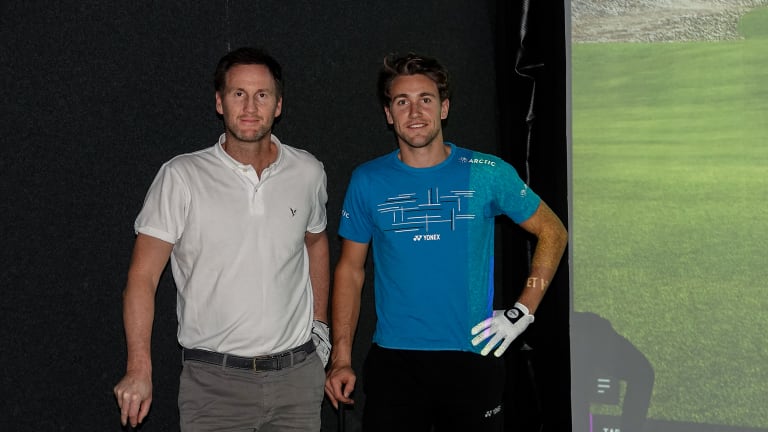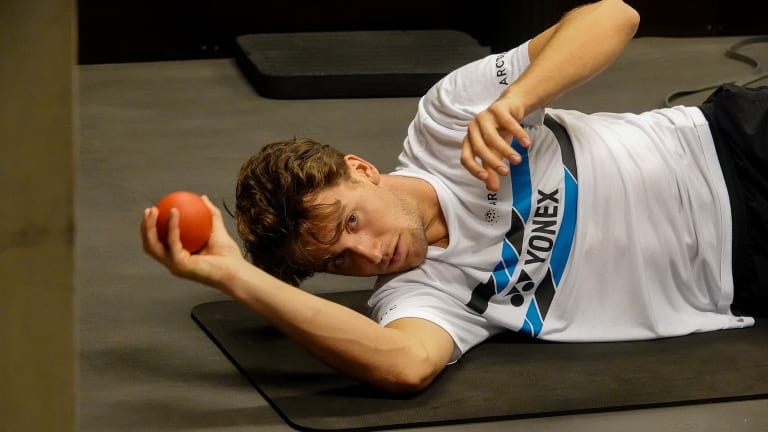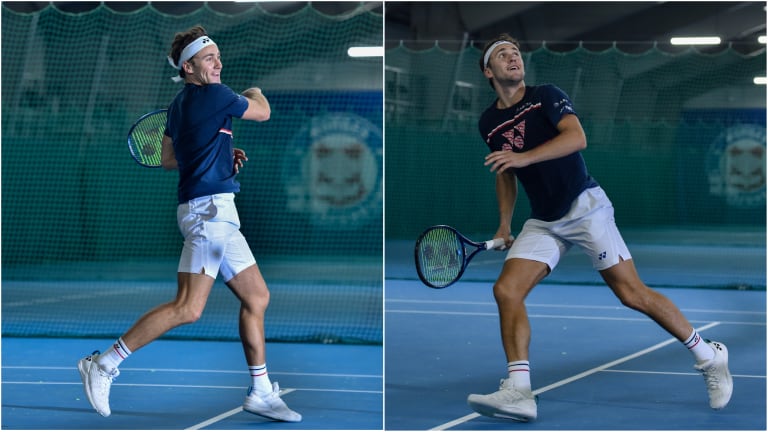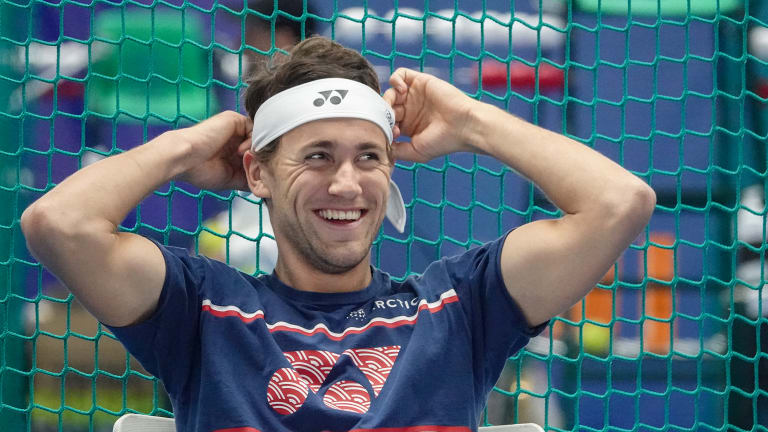Tennis.com Interview
Casper the Friendly Host: Behind the scenes with the Ruud family in Oslo
By Jun 04, 2022Tennis.com Interview
Nick Kyrgios brings the show, and new perspective, to Madison Square Garden
By Dec 08, 2025Tennis.com Interview
After longest off-season ever, Tommy Paul talks injury comeback, wedding plans at MSG
By Dec 08, 2025Tennis.com Interview
Following in family footsteps, Elli Mandlik clinches Australian Open return in wild card play-off
By Nov 25, 2025Tennis.com Interview
Ben Johnson 101: How an Instagram auteur is defining modern tennis lifestyle
By Nov 11, 2025Tennis.com Interview
Patrick Kypson, former college teammate of Rinderknech and Vacherot, is writing his own perseverance story
By Oct 28, 2025Tennis.com Interview
Michael Zheng channels Ivy League balancing act into rapidly blossoming pro tennis future
By Oct 21, 2025Tennis.com Interview
Flavio Cobolli wants to earn Davis Cup Finals nomination—and stay on as ATP's 'admin'
By Oct 16, 2025Tennis.com Interview
With IMG Academy backing, Wakana Sonobe kicks off pro career at home in Osaka
By Oct 16, 2025Tennis.com Interview
Alex Michelsen wins Almaty debut to end losing skid, reveals coaching trial with Kristof Vliegen
By Oct 15, 2025Casper the Friendly Host: Behind the scenes with the Ruud family in Oslo
Initially inspired by Rafael Nadal’s first major title run to become his nation's greatest tennis talent, Casper Ruud now meets the 13-time Roland Garros champion in his inaugural Grand Slam final Sunday afternoon.
Published Jun 04, 2022
Advertising
Advertising

Former player Christian Ruud and current No. 4 Casper Ruud, playing some golf when not training for tennis.
© Matt Fitzgerald
Advertising

Enhancing range of motion has been one contributing factor to Ruud's rise.
© Matt Fitzgerald
Advertising

A look at Ruud practicing at his Oslo base.
© Matt Fitzgerald
Advertising
Advertising

Positive energy is the norm on Team Ruud.
© Matt Fitzgerald